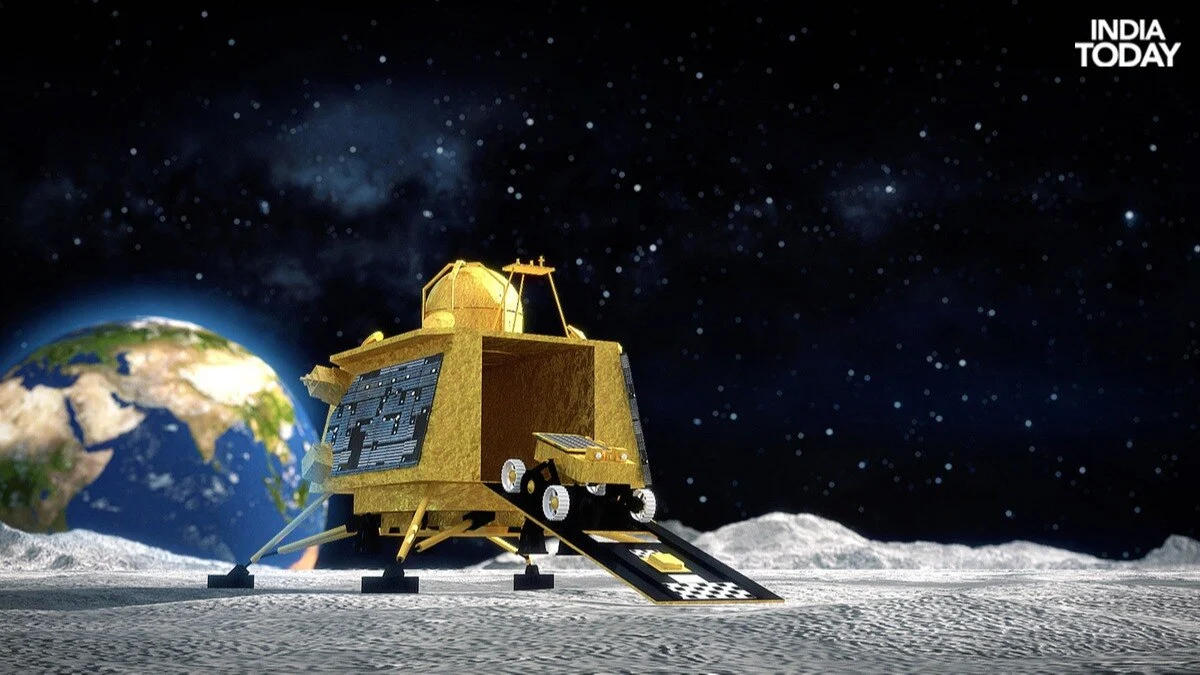At 5.40 p.m. on August 23rd, the Chandrayaan-3 lander underwent a remarkable transformation. Initially a 1.7-tonne assembly of metal, plastic, and glass hurtling 30 km above the moon, it swiftly etched its name in history over the next 23 minutes. This incredible feat involved a meticulous sequence of events: decelerating, aligning itself, and, guided by a suite of advanced sensors and actuators, executing a gentle descent to the lunar surface. The moment of touchdown, just past 6 p.m., triggered jubilation among those gathered at various Indian Space Research Organisation (ISRO) centers and across the nation. India has etched its name as the fourth nation ever to softly land a spacecraft on the moon, and uniquely, the first to achieve this in the moon's South Polar region.
This accomplishment underscores a fundamental truth about intricate space missions: their pursuit represents a blend of resource-intensive demands and the unpredictable nature of space. Success in such endeavors hinges upon a resolute human will, making them inherently inspirational. Chandrayaan-3's triumph stands as a testament to this fact, galvanizing India's spirit.
At a larger temporal vantage point, Chandrayaan-3 occupies a pivotal crossroads. India's participation in the Artemis Accords, a U.S.-led collaborative initiative aiming to place humans on the moon by 2025 and expand space exploration in the solar system, positions the nation strategically. Leveraging its recent achievements, India has the potential to lead other Artemis nations in leveraging space for economic growth. Despite not engaging in a moon race alongside Russia, the recent misfortune of Russia's Luna-25 spacecraft hints at its limited contributions to the International Lunar Research Station program. In contrast, Chandrayaan-3 equips India to master interplanetary spacecraft types, marking a milestone in scientific mission planning and execution.
Chandrayaan-3's rover, although basic, underscores India's focus on scientific missions. Its instruments will play a crucial role in characterizing the moon's South Pole area in terms of physical, chemical, and thermal properties. India's technological edge places it ahead of most spacefaring nations, affording it the opportunity to venture deeper into the solar system and conduct profound scientific research.
The landing of Chandrayaan-3 also marks the culmination of India's second phase of lunar exploration. The upcoming third phase entails collaboration between ISRO and the Japan Aerospace Exploration Agency (JAXA) for the Lunar Polar Exploration (LUPEX) mission. This mission will probe water-ice at the moon's South Pole using the landing system developed for Chandrayaan-2 and -3. The failure of Chandrayaan-2's surface component was particularly pressing due to the shared technology with LUPEX, highlighting the significance of Chandrayaan-3's success.
With Chandrayaan-3's triumph, ISRO now stands confidently at a crossroads of potential. Future missions encompass diverse domains such as electric motor-powered satellites, quantum communications, human space flight, reusable launch vehicles, planetary habitation, and interplanetary communications. This expanding realm of possibilities necessitates a higher launch frequency and reduced costs, demanding substantial private sector involvement to expedite innovation.
India basks in the glow of its lunar triumph. ISRO's role has shifted, now poised to lead the way forward.







0 Comments